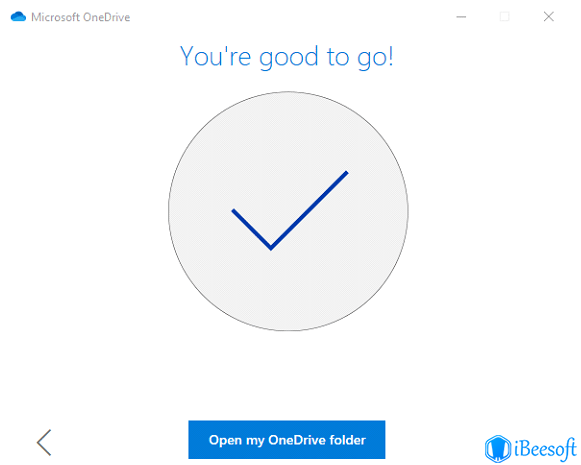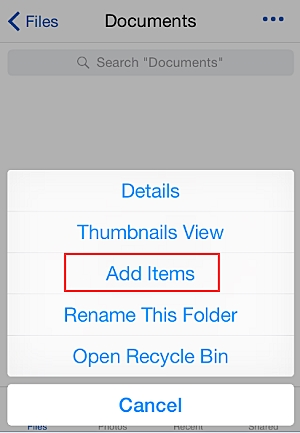

If you don't want to restore everything, you can also restore deleted files from the OneDrive recycle bin or restore a previous version of a file.įor files in SharePoint or Microsoft Teams, you can restore a document library.Įnable and configure versioning for a list or library. If you change your mind about the restore you just did, you can undo the restore by running Files Restore again and selecting the restore action you just did.

If a file has been permanently deleted from your OneDrive Recycle Bin, then it can never be recovered. When restoring, any files or folders created after the Restore point date will be sent to your OneDrive Recycle Bin. You can scroll down to see previous days, or move the slider below the daily activity chart to quickly move to a specific day. The activity feed shows individual file and folder operations in reverse chronological order. For example, if your OneDrive was infected by malware, you can look for when it happened. It gives you an overview of what has happened to your OneDrive over time and it can help you identify any unusual activities. The daily activity chart shows the volume of file activities in each day for the last 30 days. Use the activity chart and activity feed to review the recent activities that you want to undo. If you're restoring your files after automatic ransomware detection, a suggested restore date will be filled in for you. On the Restore page, select a date from the dropdown list - such as Yesterday - or select Custom date and time. See plans.Ī work or school account, select Settings > Restore your OneDrive. Tip: This option isn't available without a Microsoft 365 subscription.


 0 kommentar(er)
0 kommentar(er)
